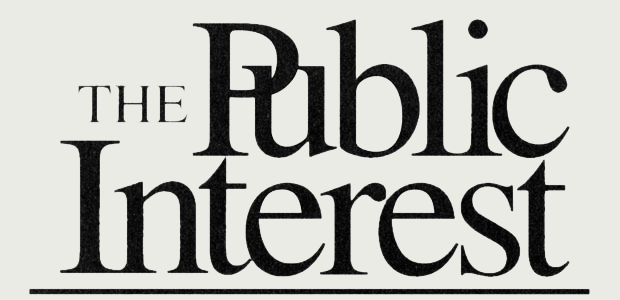The three cultures: explaining anomalies in the American welfare state
IN the late 1940’s, at Brooklyn College, I became aware of a political anomaly: Some of my fellow student activists were neither capitalists nor socialists nor reformists. Certainly they were on the left (involved with civil rights, folk music, plain foods, and opposition to the college administration) but exactly where they belonged I could not tell. During the 1950’s, Lionel Trilling called this group the “adversary culture.” He said it was a critical culture, and he was critical of it, but I could get no sense of its internal dynamics from his description. The adversary culture clearly was opposed to traditional values in art, literature, and other realms, but what form of social and political life this criticism was designed to keep together remained obscure.

